We had completed our tour of the Finger Lakes. The two-day, one-night trip by rural small business owners from Norfolk County, Canada, was organized by Norfolk County Tourism & Economic Development and sponsored by Ontario’s Southwest Tourism.

Ryan Rivard of The Combine describes the appetizers he has served the group / Photo: Melissa Collver
During our last meal together, the chef/owner of The Combine in Norfolk County, Ryan Rivard, invited the group to reconvene at his restaurant in two weeks time, to debrief and share experiences.
In the meantime, comments were gathered from the participants on the trip, who generally found value in the Finger Lakes Study Tour.
“Well organized, good itinerary, amazing inclusions! Only by working together will we be able to redevelop our area,” said one participant
“Good for local businesses and Norfolk staff to be able to experience the up and downs of economic development in small towns in the Finger Lakes area,” said another. “With such a wide selection of places to visit there was something for everyone to learn. Thank You! I have a lot of good usable info that can be incorporated in our business.”
“I learned that everyone every now and again runs into adversity. Every village, town, city or establishment has obstacles. I plan on helping to meet the challenges we have face on, to keep thinking of ways to improve.”

Participants in the Finger Lakes Study Tour reconvened at The Combine Restaurant two weeks after the trip to share ideas. Thanks Ryan for inviting us! / Photo: Melissa Collver
Asked if any bright ideas were discovered during the tour, one participant commented: “Not one particular idea, but lots of food for thought. My wheels are still turning, I have researched some of the places we visited. I haven’t stopped talking about it.”
Two weeks later, most of the group gathered at The Combine. Chef Ryan served a mind-blowing combination of dishes, including Norfolk County ingredients such as YU Ranch beef, Round Plains sweet potatoes and Pristine Gourmet oils. The food was complemented by pairings of local wine from Burning Kiln and Bonnieheath, hard cider from Villa Nova Estate Winery, and “Sweet Leaf” craft beer from the Blue Elephant Craft Brewhouse. Ryan also incorporated butternut squash seed oil from the Finger Lakes into the aioli in his Perch Tacos.
Many ideas and experiences were shared. The group also received copies of the Finger Lakes Study Tour Report, which can be downloaded at norfolkbusiness.ca/news/finger-lakes-report/.
Thanks again to Southwest Ontario Tourism Corp., and Norfolk County Tourism & Economic Development, all the hosts and all the participants, for making this initiative a great success.
See photos of the trip on the Invest in Norfolk facebook page.
Our friends from Rushcreek Winery, who joined the tour, wrote two excellent blog posts about their experiences. Check them out at:
- Post by Bonnie Preece: http://www.rushcreekwines.com/winemasters-blog/fantastic-fabulous-road-trip-wow
- Post by Ron Barr: http://www.rushcreekwines.com/winemasters-blog/finger-lakes-region-new-york
Finger Lakes Study Tour blog posts
- Part 1: Wine & Culinary Centre | Technology Farm
- Part 2: Winewagen Tours
- Part 3: Weaverview Farms | Milly’s Pantry
- Part 4: Yates County Arts Centre | Finger Lakes Ec Dev
- Part 5: Climbing Bines Hop Yard & Brewery
- Part 6: Wiemer Vineyards | Glenora Cellars
- Part 7: Watkins Glen Harbor Hotel | Ice Bar
- Part 8: Finger Lakes Distilling
- Part 9: Cornell Lab of Ornithology | Ithaca Commons
- Part 10: Americana Vineyards
- Part 11: Seneca County Army Depot
- Part 12: Seneca Falls
- Part 13: Warfields Restaurant
- Part 14: Debriefing at The Combine
(c) 2015 Clark Hoskin


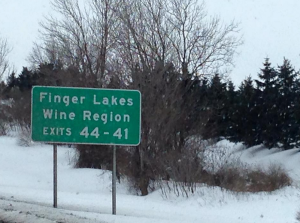
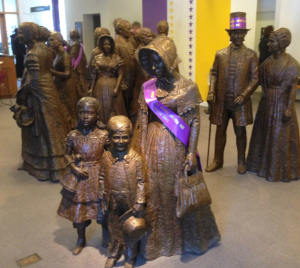





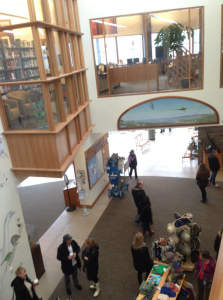



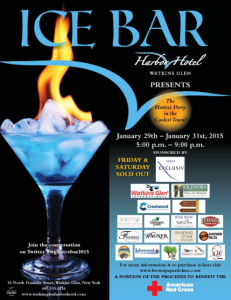

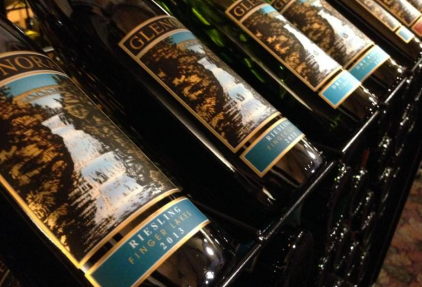


You must be logged in to post a comment.